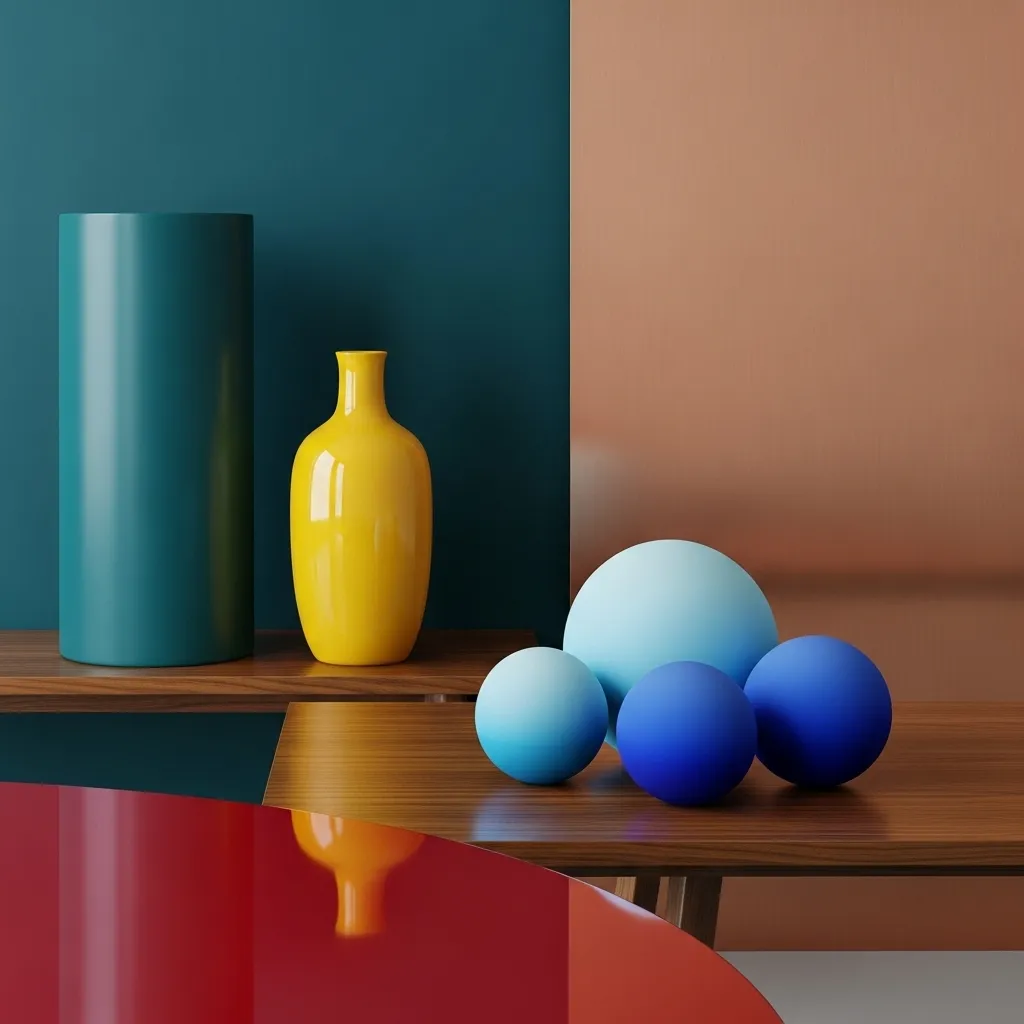Hydro Dip Paint vs Spray Paint: Which Lasts Longer? 2025
Looking to choose between hydro dip paint and spray paint for your next custom project? We tested both methods to find out which one lasts longer. Hydro dip paint, known as hydrographics, comes with hundreds of color and design options that reshape the scene of almost any object. Spray painting lets you cover the whole item rather than specific parts. Hydro Dip Durability Test is very good guiding.
These two popular finishing techniques differ in more ways than just how you apply them. Spray paint has always been the traditional choice. Hydrographics has become extremely popular because it creates detailed, high-definition, customized pattern effects. The process works great with acrylic paint that adapts to any surface shape. Both methods prove durable, yet many people ask about hydrographics’ durability compared to regular spray paint. Research shows that hydrographic patterns actually last longer in most cases, though you need to apply both correctly. This piece will teach you everything about both options so you can pick the right one for your project.
Design Flexibility and Application Areas
Hydro dipping and spray painting each bring their own strengths to surface finishing. Together, they open endless possibilities for creative, durable, and professional results across different industries.

Realistic Patterns
Hydro dip paint shows its true potential in creating detailed designs on complex surfaces. This technique works best to apply realistic textures like wood grain, carbon fiber, marble, camouflage, and abstract patterns on irregularly shaped objects. The patterns combine smoothly with surfaces and leave no gaps, ensuring complete coverage.

Smooth Color Finishes
Spray paint proves more effective for uniform color application. While hydro dipping creates striking patterns, spray paint lets you match vehicle colors or create consistent themes across multiple parts. This makes it the perfect choice for projects that need solid color consistency.

Broad Uses
These finishing methods work well in many industries beyond automotive use. Hydro dipping transforms firearms, compound bows, military equipment, and architectural components to consumer electronics. The technique is also used in professional sports equipment, hospital furnishings, and aviation interiors. Spray paint remains the top choice for large surfaces that need consistent coloring.

Material Range
Each method works with different materials. Spray paint adheres to plastic, metal, fabric, wood, glass, and ceramic. Hydro dipping works just as well with metals, plastics, glass, hardwoods, and even 3D-printed objects. Projects seeking an eco-friendly approach often benefit from hydro dipping more than traditional spray painting.

Combined Techniques
The best results often come from using both techniques together. Many projects use spray paint as the base color before adding hydro dipped patterns to create unique and durable finishes.
Cost, Equipment, and Use Case Suitability
- Money often plays the biggest role when choosing between hydro dip paint and traditional spray methods. The original investment for spray painting costs less than setting up a hydrographics operation. A professional hydro dipping business package with training will set you back around $6,995. You’ll need specialized equipment like hydrographic tanks, film, activators, and three separate HVLP spray guns to avoid cross-contamination.
DIY enthusiasts just need these simple items:
- A water container big enough for your object
- Spray paint (for spray paint and water dip method)
- Non-porous items to dip
- Protective gear (respirator and gloves)

The clear coat acts as a shield for both finishes. Hydro dipping’s final layer includes UV inhibitors that keep the film from fading in sunlight. So, well-sealed hydro dipped items hold up almost as well as powder-coated ones during daily use.
The durability of spray dip paint changes substantially based on formula quality. Premium exterior spray paints come with UV-resistant pigments and moisture resistance. These dip paint still need maintenance every 3-5 years in high-exposure areas.
Spray painting works best for full-vehicle repaints and gives uniform coverage on large surfaces. Hydro dipping with acrylic dip paint shines when you work on accent pieces and parts with complex curves that need detailed patterns. The question “how durable is hydro dipping” matters less than picking the right technique for your project. Interior components look great with hydro dipping’s intricate patterns, while exterior panels benefit from spray paint‘s even color application.
Comparison Table
| Attribute | Hydro Dip Paint | Spray Paint |
| Durability | 5-15 years in normal conditions | 3-5 years (needs upkeep in exposed areas) |
| Design Capabilities | Complex patterns, textures (wood grain, carbon fiber, marble, camouflage) | Even color application, solid colors |
| Surface Coverage | Perfect adhesion on complex surfaces | Full coverage, suited for large uniform surfaces |
| Material Compatibility | Metals, plastics, glass, hardwoods, 3D-printed objects | Plastic, metal, fabric, wood, glass, ceramic |
| Best Applications | Complex shapes, accent pieces, detailed patterns | Complete vehicle repaints, large surfaces, uniform coverage |
| Environmental Effect | Eco-friendly option | Standard versions contain VOCs, water-based options exist |
| Setup Cost | Higher (Professional setup ~$6,995) | Lower setup cost |
| Equipment Needs | Hydrographic tanks, film, activators, three HVLP spray guns | Simple spray equipment |
| Pattern Durability | Long-lasting patterns, stronger surface bonding | More prone to peeling than hydro dipping |
| UV Resistance | UV inhibitors in clear coat | Quality depends on formula |
Conclusion
We tested both finishing methods thoroughly and found that your specific project needs will determine if you should use hydro dip paint or spray paint. Both options are durable, but hydro dipping lasts longer – about 5-15 years before you need maintenance. Spray paint typically needs a refresh after 3-5 years.
Hydro dipping works best for projects that need complex patterns or detailed designs. You can’t beat this method when you want to cover irregular shapes while keeping intricate patterns intact. That’s why car parts, sports gear, and electronics look amazing with hydro dipped finishes.Also you can read our comparison guide about How to Hydro Dip With Spray Paint.
Spray paint still makes more sense if you just need one solid color over a big surface. It’s also budget-friendly for newcomers and weekend DIY fans.
Our tests show that the way you apply either finish makes a huge difference in how long it lasts. You’ll get the best results by using quality materials and clear coats. The right surface prep and following the maker’s instructions matter just as much as which method you pick.
The environment plays a part in your choice too. While both methods now offer eco-friendly options with water-based formulas, hydro dipping tends to be better for the planet.
If you’re wondering which one lasts longer, here’s the simple truth: a well-done hydro dip paint job will outlast spray paint in similar conditions. In spite of that, both methods can work great if they match your project’s needs, budget, and the look you want.
